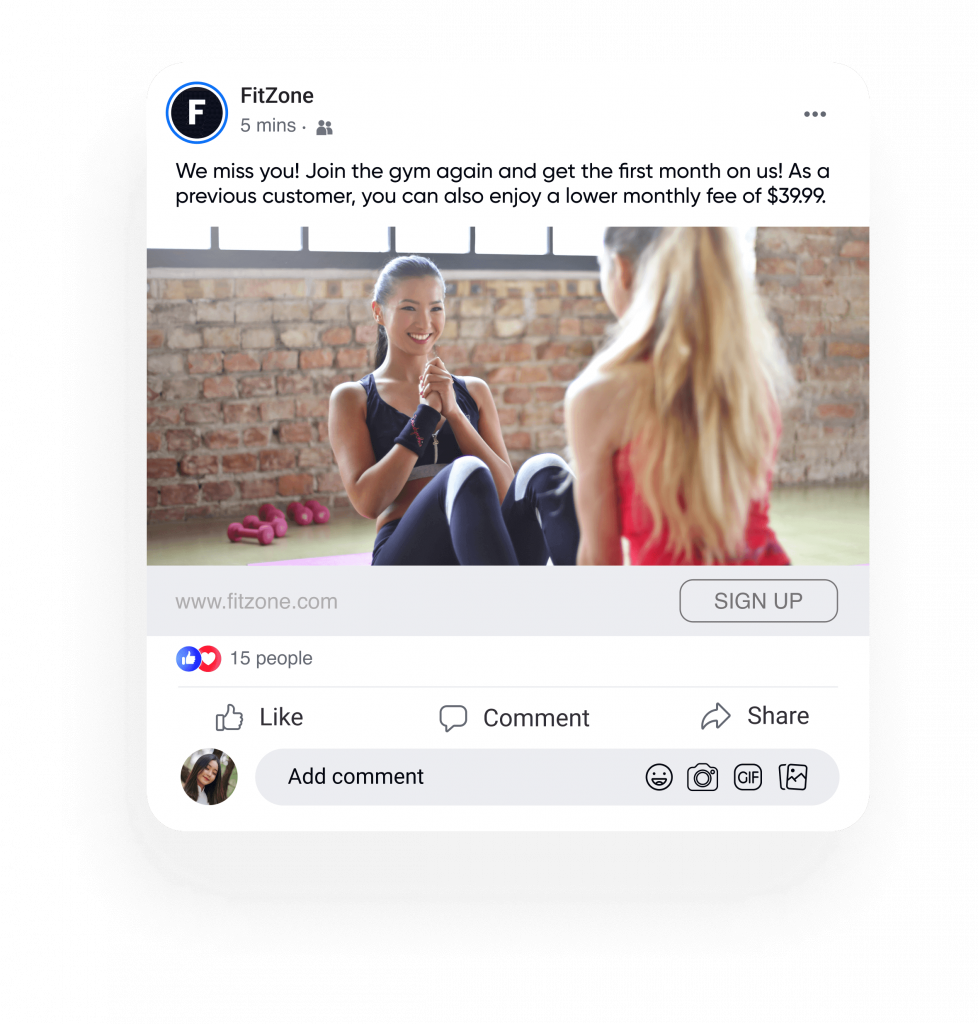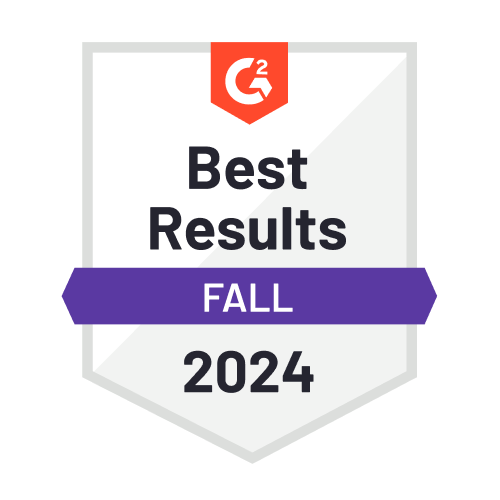Remarketing
Remarketing (or retargeting) is the marketing technique of serving targeted ads to people who have already visited or taken some action on your website. Marketers typically use a marketing platform like Insider to remarket to customers with ease.
What is remarketing?
Remarketing focuses on re-engaging users who have previously interacted with your website or mobile app but didn’t complete the desired action, for example, making a purchase or signing up for a newsletter. It serves tailored ads to these past visitors as they browse other channels, including websites and social media platforms, rekindling their interest and guiding them back into your conversion funnel.
How does remarketing work?
Remarketing works by re-engaging users, so naturally, third-party cookies have been the traditional means of tracking. However, with the downfall of cookies, platforms such as Insider have leveraged advanced tracking technologies that don’t rely on cookies to remarket to customers seamlessly.
The technology recognizes users based on various attributes, such as their device, IP address, or behavior, enabling the delivery of personalized ads even without cookies. This ensures privacy compliance and maintains the efficacy of remarketing efforts. Through a cookieless approach, brands can strategically nurture leads, increase conversions, and elevate personalization strategies without worrying about the demise of cookies.
How effective is remarketing?
Remarketing has proven to be an exceptionally effective strategy in the realm of digital marketing. Studies show that remarketing campaigns can lead to a 161% increase in click-through rates compared to regular display advertising.
This surge in engagement is attributed to the familiarity principle—users are more likely to engage with brands they recognize. Remarketing capitalizes on this, reinforcing brand awareness, building trust, and guiding users further down the conversion funnel.
The tailored nature of remarketing campaigns (where ads align with users’ past interactions) enhances relevancy and boosts engagement rates. With advanced remarketing platforms, brands can strategically adjust ad frequency and messaging to prevent ad fatigue, ensuring a positive user experience.
With higher click-through rates, increased conversion rates, and a significant ROI, remarketing has earned its place as a cornerstone of successful digital advertising strategies.

Remarketing vs. retargeting
Remarketing and retargeting are two closely related digital advertising strategies, often used interchangeably, yet with subtle distinctions.
Remarketing
Remarketing primarily involves re-engaging users through tailored ads after interacting with a brand’s website or app. This is achieved through analytics and tracking platforms or by leveraging cookies to display ads across various channels.
Retargeting
Retargeting encompasses a broader scope; it involves serving ads to users based on their online behavior, regardless of whether they’ve previously engaged with the brand’s site. While both strategies aim to rekindle interest and guide users toward conversion, retargeting casts a wider net, targeting potential customers without prior interactions with the brand.
What is Google remarketing?
Google remarketing, a cornerstone of Google Ads, allows advertisers to re-engage users who have previously visited their website or interacted with their mobile app. Google remarketing uses cookies to identify past visitors as they navigate the broader online landscape, presenting them with customized ads across various websites and platforms within the Google Display Network (GDN).
How to create a remarketing audience in Google Ads
The following steps will guide you through setting up a successful remarketing audience in Google Ads, enabling you to re-engage past visitors and drive conversions effectively.
- Access Google Ads: Log in and go to your Google Ads account.
- Navigate to audiences: Click the “Audiences” tab in the left menu.
- Choose remarketing: Within “Audiences,” select “Remarketing.”
- Create audience: Click “+” to make a new remarketing audience.
- Define audience: Choose the audience type and customize parameters like interaction duration and triggers.
- Install tag and launch: Get the remarketing tag, install it on your site or app, and start crafting tailored ads for your audience.
How to create a remarketing campaign on Facebook
If you’re looking to remarket via Facebook, you’ll need to head to Facebook ads manager to get started. From there, you can build your remarketing campaign in a few seconds.
- Access Facebook ads manager: Log in and open your Facebook Ads Manager account.
- Create a new campaign: Click the “Create” button to start a new campaign.
- Choose campaign objective: Select the campaign objective that aligns with your goals, such as “Traffic,” “Conversions,” or “Catalog Sales.”
- Set audience: In the “Audience” section, choose “Custom Audiences.” Select the type of custom audience you want to target, such as website visitors, app users, or engagement audiences.
- Define audience parameters: Specify the specific criteria for your custom audience, such as the duration of past interactions or engagement events.
- Design ad creatives and launch: Design your ad creatives, including ad copy, images, and videos. Set your budget, schedule, and placements. Then, launch your campaign to target the custom audience you’ve created.
Ready to get started with remarketing? Insider offers over 12+ channels and hundreds of APIs to consolidate your data and build effective remarketing strategies without using cookies. Get started today with a quick demo.













